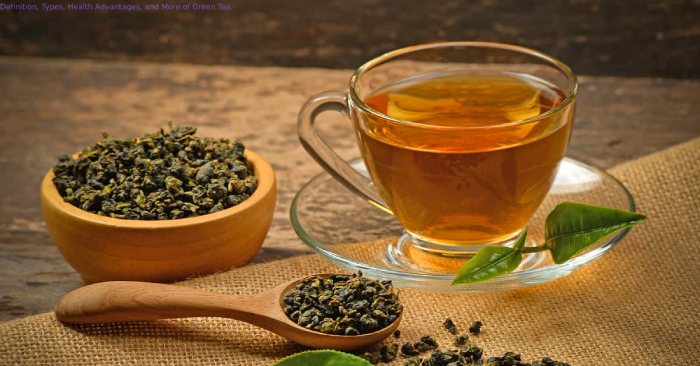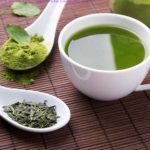Table of Contents
Definition of green tea
Green tea is made from Camellia sinensis leaves and buds that have not undergone the same oxidation and wilting processes as black and oolong teas. Additionally, green tea originated in China and has expanded to other East and South Asian nations through manufacturing and manufacturing.
The variety of C. Sinensis utilized, the growth circumstances, the horticulture techniques, the manufacturing process, and the harvest period all significantly impact the many green tea varieties. Although green tea drinking has been studied for its potential implications on health, there is no proof that it has any negative consequences on well-being.
Green tea varieties
Bancha
Long and flavorful with a strong scent, it has a leaf. Low levels of theine are present in green tea, according to the page on that subject.
You may also consume it as the Japanese, either cold or comparably hot.
Kukicha
Because its branches must stay on the plant for at least three years, it is also known as the “3-year tea.”
The Dr. Navarro Clinic claims that this tea has a distinctive scent, is sweet and creamy, and is perfect for breakfast and supper.
Matcha
Dr. Mecola claims that according to Japanese custom, tea must be measured with a bamboo spoon called a shashaku and poured into a chawan bowl. However, there is no need for such a process, and mixing the matcha powder into a full cup of hot water with a spoon would do.
Gyokuro
Japanese in origin, it is called “jewel dew or dew jade” due to the light green color it takes on when consumed as an infusion. According to the Tea Cup blog, this tea’s leaves are high in theanine, giving it a distinctive flavor and the advantages of being an excellent diuretic and preventing weariness.
Hojicha
The Tea Shop blog claims this tea is made of a blend of big leaves and stems roasted over charcoal. It has a strong flavor and little theine or tannins. It can continue in the afternoons with a platter of Asian food.
Green tea advantages
- It can lower LDL cholesterol levels and reduce the risk of developing coronary heart disease and high blood pressure.
- Boosts bone growth and decreases resorption. Ten years of green tea consumption is linked to stronger bones.
- It increases body fat metabolism and weight management.
- It is a tool that can lower the risk of type 2 diabetes and some forms of cancer due to its potential as an antioxidant.
- Green tea lessens foul breath and enhances tooth health.
- Green tea boosts immunity to colds, the flu, and other diseases because of its high vitamin C absorption.
- Its powerful antioxidants, a helpful ally when studying or working, are also a fantastic brain stimulant, enhancing focus, memory, and performance. Additionally, it guards against neurological conditions like Parkinson’s and Alzheimer’s disease and protects neuronal degeneration.
- Regular green tea consumption aids in the body’s removal of dangerous free radicals.
- Its polyphenolic antioxidants lessen bodily inflammation, which delays the onset of aging.
- It also contains vital minerals, amino acids, and vitamins that enhance gut flora, in addition to a lot of antioxidants.
- It is linked to the prevention of coronary heart disease in many studies.
Conclusion
Its name derives from the hue that the tea leaves’ drying, fermenting, and differentiation processes provide. It’s a particular variety of tea made from the Camellia sinensis plant.







